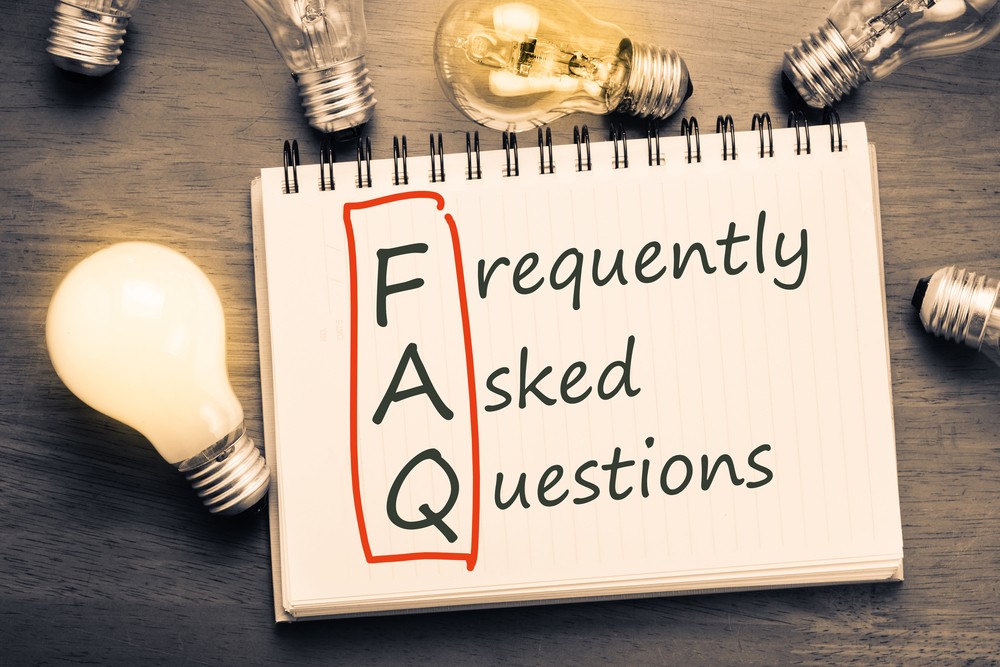What are metrics and why do we need them to succeed?
The marketers’ mantra from Galileo:
“Measure what is measurable and make measurable what is not so.”
This should be a mantra for all marketers who think that they can get away without deliberately and effectively measuring the activities they perform, as well as the outcomes that result from them.
What is a metric?
.jpg)
In most practical cases a measure or a metric is a number that represents an attribute such as:
- distance,
- cost
- time
- income
- effort
These can be obtained through primary observation either by human or by machine. In many cases a metric can be extended to include relationships between different measures, such as kilometres per hour or cost per month.
The metric therefore can provide some knowledge about a dynamic environment, as well as give a baseline of pure information.
It is useful to state that as is the case of all measurements, their usefulness is only truly realised when the same element is measured more than once so that a comparison can be made. Knowing a single instance of any number provides limited use, whereas knowing that the number has increased or decreased by 10% provides us much greater insight.
Metrics can provide accurate and detailed insights for various levels of an organisation ranging from the organisation as a whole, looking at specific functions or departments, right through to looking at individual projects or campaigns.
.jpg)
Many businesses will use the term Key Performance Indicators (or KPIs) which in most cases is just another term for an important metric that is in some way tied to a target. KPIs are usually seen to provide knowledge that may have a greater impact on higher level and corporate strategies and which may allow the management of any gaps between strategy and performance.
Why do we need metrics?
One of the traditional gripes about marketing is that it refuses to align itself with technical, sales, production, finance or research. Much of this misalignment comes from a reluctance by marketing to define and establish processes that generate alignment with other departments.
One of the current and future responsibilities of marketing operations is to develop and monitor a system of tools and techniques to define goals, create models, set out plans and report on activity success or failure. The resultant system should support performance management and measurement making it clear and easy to access.
The measurement of activities is necessary to perform a range of functions including:
- those that are mandatory, such as a health and safety situation or as the result of service level agreements,
- those that are operational and measure internal efficiency or effectiveness,
- those that are external and relate to customers, partners or suppliers.
Metrics can be used to illustrate the priorities of the company providing a common and consistent way to view performance at both a basic level, and higher level attributes such as ambition or ethos.
Ultimately, metrics provide a basis upon which an organisation can describe:
- Where it has come from
- Where it is going to
- Whether things are going to plan
- When targets have been achieved
The gap between KPIs and vanity metrics

One of the inherent problems with the use of metrics is that they can make individuals and, by extension, companies feel content and competent as they have committed to measuring something. The act of measurement itself can provide a false sense of security because, as in the case of ‘vanity metrics’, the information derived from a metric may provide an incorrect interpretation of what is actually going on and may not demonstrate clear cause and effect.
Eric Ries in his book The Lean Startup (Ries, 2011) says:
“Vanity metrics wreak havoc because they prey on the weakness of the human mind. When the numbers go up people think the improvement was caused by their actions.”
He continues:
“Finding out what is really going on is costly, and so most managers simply move on, doing the best they can to form their own judgement.”
And he concludes that:
“Actionable metrics are the antidote to this problem. When cause and effect is clearly understood, people are better able to learn from their actions.”
Vanity metrics are those measures which provide seemingly useful and positive information such as visitors to a website or number of times an ad is played on the radio, but which when investigated in detail do not provide knowledge about business performance i.e. how many people who visited became customers.
So this means that the measures chosen must be useful and relevant, as otherwise they may create a knowledge gap between the information they produce and actual business performance. All organisations will have a specific requirement for metrics use that is unique and therefore must be tailored to their specific context.
For a tongue in cheek view of the problem with vanity metrics you might want to have a look at a promotional video posted by Adobe Corporation on YouTube.
- - - - - - - - -
This excerpt has been adapted from the 'Metrics for Marketers' study guide, which was written by College tutor, Andrew Hatcher, and published by Cambridge Marketing Press (2015). Our study guides are provided with all CIM qualifications and Awards. For more information on content, please visit our course pages or contact us.



